
Photo Courtesy ; Vecteezy
Ahmedabad : Data from the Union Ministry of Jal Shakti shows that more than half of Gujarat districts are affected by salinity, fluorides, and nitrites in their groundwater. Ahmedabad district is afflicted by five of the six issues flagged by the Union ministry, according to a response by Ashwini Kumar Choubey, MoS (environment, forests, and climate change), in response to a question by Rajya Sabha member Parimal Nathwani. Groundwater in Ahmedabad was found to have excessive levels of salinity, fluoride, nitrate, iron, and lead, the data shows. The Central Pollution Control Board (CPCBP) using National Water Quality Monitoring Programme (NWMP) data for 2023 including data from 88 monitoring wells in Gujarat stated that73 of these wells were monitored in 2023 and the water in 52 of them were found to have fluoride content within safe limits, while the other 21 were ‘non-complying’. The data shows that of the 33 districts in Gujarat, 28 have relatively high salinity levels, 30 have high fluoride levels, 32 nitrites, 12 arsenic, 14 iron and one has excessive lead. While salinity renders water hard to use for drinking and irrigation, the other ions can cause several health issues, experts said. However, the overall trend is an improvement in groundwater levels and improved water quality due to availability of surface water via the Narmada canals. Another set of data, shared by Bishweswar Tudu, MoS (Jal Shakti) in response to Keshari Devi Patel in the Lok Sabha, shows that 51 ‘assessment units’ or wells in Gujarat fall in the OCS(overexploited, critical and semi-critical) categories. The data shows that Mehsana district had the most such assessment units, 10, and the district is among 30 in India that had 10 or more such units. It was followed by Banaskantha with 9 units.
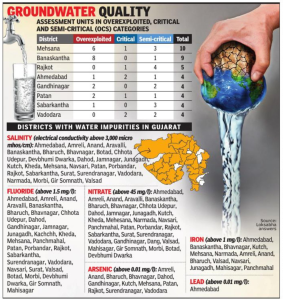
Photo Courtesy : Times Of India
NeeRain is proud to republish this blog to spread awareness about the situation of water, for our stakeholders. Credit whatsoever goes to the Author.
This blog is published by:
Times Of India
We would like to spread this for the benefit of fellow Indians.
Author : Parth Shashtri
Published On : 13 Feb, 2023


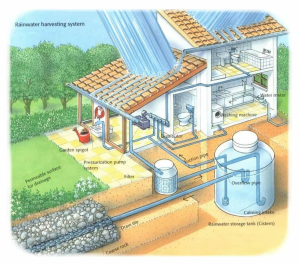

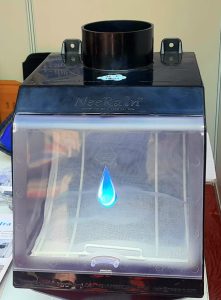








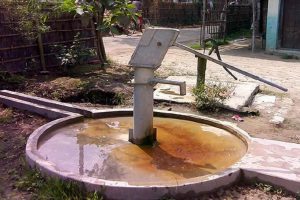 In Dhamdaha village of Purnia district of Bihar, yellowness is visible near the hand pump due to excess of iron. Whereas this hand pump has been installed by the government to provide iron free water. Photo: Pushya Mitra
In Dhamdaha village of Purnia district of Bihar, yellowness is visible near the hand pump due to excess of iron. Whereas this hand pump has been installed by the government to provide iron free water. Photo: Pushya Mitra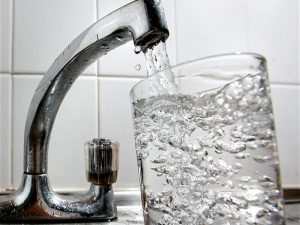 The bench had gone into the details of the PIL and took note of the grave situation of water scarcity stated in the PIL in context to the urban areas of Pune district. The Bombay high court had taken note of the above information and had directed that a special committee be constituted separately for PMC and PCMC. And such committees shall attend to the complaints of the residents regarding water scarcity. The PMRDA was also directed to address the water problems faced by the residents coming under their jurisdiction.
The bench had gone into the details of the PIL and took note of the grave situation of water scarcity stated in the PIL in context to the urban areas of Pune district. The Bombay high court had taken note of the above information and had directed that a special committee be constituted separately for PMC and PCMC. And such committees shall attend to the complaints of the residents regarding water scarcity. The PMRDA was also directed to address the water problems faced by the residents coming under their jurisdiction.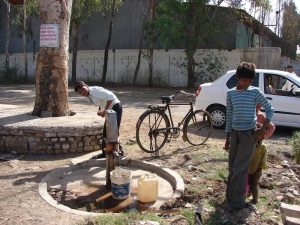 Photo: Ankur Paliwal
Photo: Ankur Paliwal